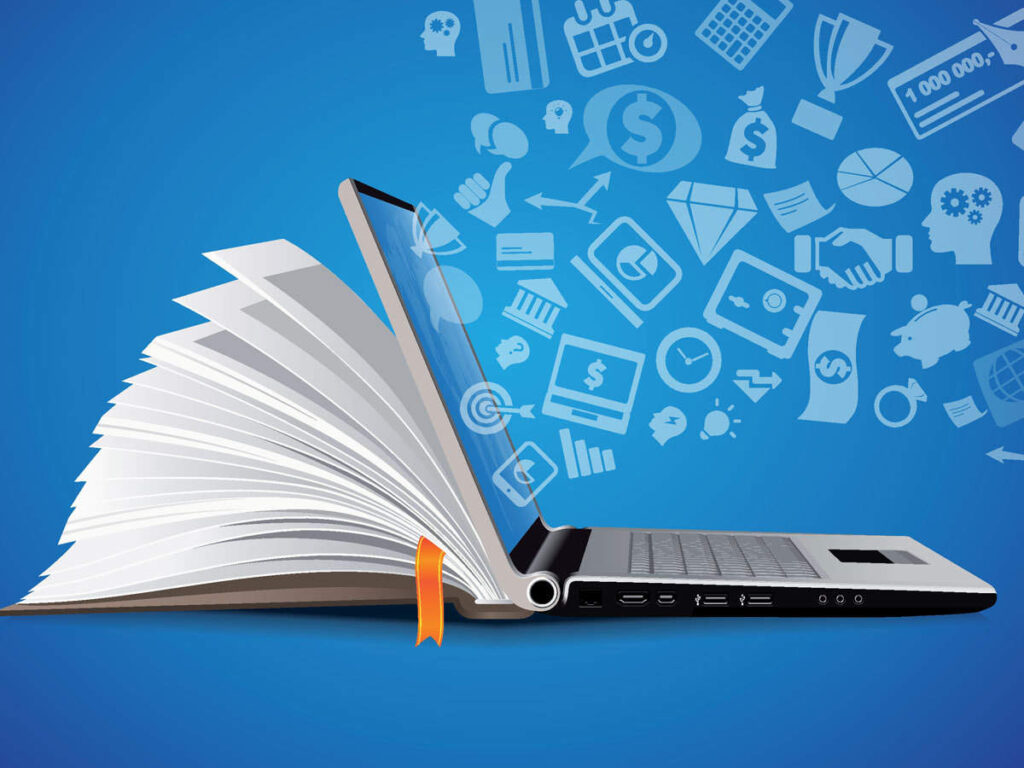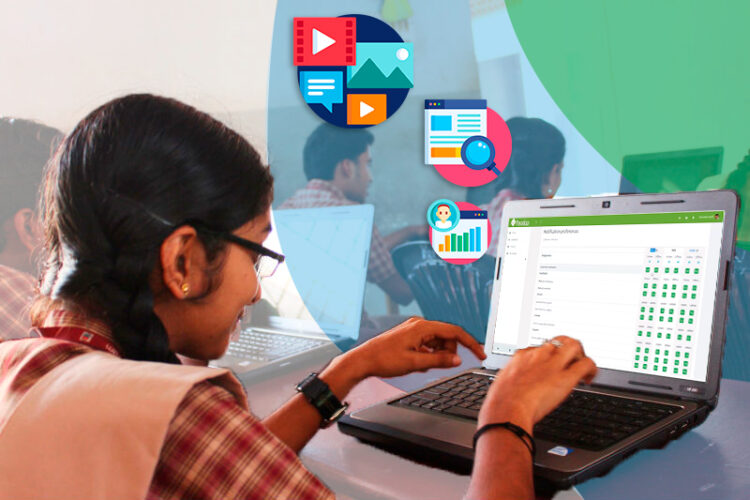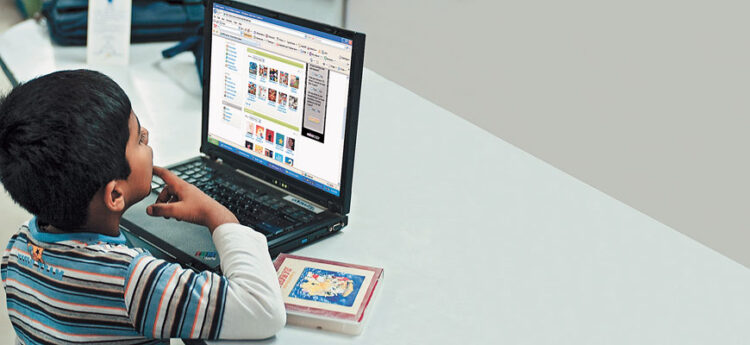In the past years, the system of education in New Delhi, India, was in the form of the traditional method. The place for learning was only in the classroom, and the activities that took place in the classroom include lectures, assignments, and discussions, among other activities. The tools used included chalks, blackboards, textbooks, writing pencils, and biros. However, we are currently in an era where technology keeps advancing at a faster rate.

Nowadays, a classroom has a different meaning. Whether in college or a school, the education system is taking a new dimension by using the latest trends and ideas to pass information across. Teachers, students, and other technical members of staff are on the front line to embrace such changes.
The previous system of education lacked critical thinking and the use of intelligence to understand a given aspect. Instead, the idea about learning involved the art of memorizing what is being taught instead of understanding and interpreting facts. Many nations have realized the negative impact of such learning habits and avoided it at all costs. India is among the nations to implement modern technologies to improve the education sector.
Globally, it is evident that the transition into modern learning is underway, and it is set to improve even better. Many learning institutions have put in place the ideas of using CDs, swanky laptops, and online learning, whereby students can access education from any location. In fact, there are several apps put in place to make the whole process viable.

According to the experts from Usessaywriters.com, modern technology has created a positive impact on the education sector, and in the coming years, there will be no longer the traditional way of learning in schools and other learning institutions. Gone are the days whereby laptops and smartphones were never allowed in schools.
However, the current generation encourages the use of improved devices to conduct research, perform analysis, support their points, and come up with a constructive conclusion. In previous years, students could barely conduct extensive research and conduct an analysis.
Instead, they only struggled to memorize ideas so that they can put them down during an exam or test time. There was no critical and creative thinking back in the days. For that matter, everyone is ready to go the modern way in the sector of education.
In India, e-learning is the latest trend that everyone is proud of. Most people are working with the GenNext idea in India, which supports people ready to learn new skills and ideas so that they can face the future with courage if in times of challenges. But then, how can they achieve GenNext idea? It can only be through the specified way of learning, which is technology-based.

Apart from the fact that e-learning guarantees great content, it also ensures that the data collected remains of top quality. Some universities, such as Symbiosis, Manipal, and Amity University in India, were among the top universities to implement the idea of e-learning.
Although adjusting to the new system is quite hectic and complex, it is worth all the efforts and resources directed into it. India, for example, since they started considering e-learning, a lot of positivity in the education sector has come up. The best part is that technology in school does not help the students alone but all the other staff members’ benefits from it at large.
Both students and teachers can now learn and improve their skills. The introduction of the internet in schools where everyone has their laptops makes it easy for each person to learn new skills and ideas. Students can conduct research and accomplish their assignments without extreme challenges. Above all, the idea enables both students and teachers to have diverse minds.

Thanks to the internet, students get every detail related to earning on online platforms. With the help of laptops and presentations, students can research any information when given assignments and complete them on time. Also, the laptops have reduced paperwork because students no longer carry many notebooks to write assignments and notes for revision purposes. The idea saves more time and gives learners more time to focus on other projects.
Another impact of technology on schools is that students can learn from anywhere. Whether in the playground, at home, or on a trip, a student can easily log in to the internet and learn one or two things, discuss and come out with conclusions. This idea makes students think widely and read ahead of the teacher, thus gaining more knowledge as compared to traditional ways of teaching.

There are many nations that have introduced the art of disabled-friendly computers, India being one of them. The ideas bring equity among all the students, including the disabled ones. This gives them a sense of belonging, and they feel part of society.
There disabled people who are talented in different areas, but no one can recognize their efforts due to the lack of adequate technology. However, the introduction of computer-friendly to the disabled has brought changes in that everyone’s talent is countable, whether disabled or not.
Technology has also allowed teachers to personalize their way of learning. Students learn and understand concepts at a different pace. There are those who are bright, while others take time to analyze and understand a single concept. Thanks to technology, teachers can teach students at an individual level though some modern applications. The idea brings equity to all the students in that the teacher ensures that every student understands the topic of concept before moving on.
Conclusion
The global universe is changing at a faster rate, thanks to technology. The education sector is among the organizations benefiting a lot from modern technology. The best part is that the technology is not only for students but teachers and other staff at large.
Communication has improved since the teams involved can communicate through video applications, discuss ideas, and the teachers can give assignments to students despite their locations. Education in India has taken a new direction, and there are other aspects set to improve in the near future.
